Table of content
Introduction
Peach kernels, the seeds found at the center of peaches, have long been valued for their culinary versatility and potential health benefits. Often overlooked in Western diets, these kernels have deep roots in traditional medicine and gastronomy across Asia, particularly in Chinese and Korean cuisines. However, not all peach kernels are created equal. The distinction between roasted peach kernels (炒桃仁, chǎo táo rén) and raw peach kernels (生桃仁, shēng táo rén) is critical, as their preparation methods significantly alter their flavor, nutritional profile, and safety. This article delves into the scientific, cultural, and practical disparities between these two forms of peach kernels, offering readers a thorough understanding of their applications and implications.
Botanical and Cultural Context
Peach kernels are derived from Prunus persica, a deciduous tree native to China and widely cultivated across temperate regions. The kernel itself is enclosed within a hard, woody shell, which splits open to reveal the edible seed. In traditional Chinese medicine (TCM), peach kernels are classified as a “warming” herb, believed to promote blood circulation, alleviate coughs, and moisturize the intestines. However, their usage is not without controversy, as raw kernels contain compounds that can be toxic in large doses.
Culturally, peach kernels have symbolic significance. In Chinese folklore, peaches represent immortality and longevity, often depicted in art and literature. This reverence extends to the kernels, which are sometimes incorporated into herbal remedies and beauty products. Yet, the line between therapeutic use and risk is thin, necessitating a clear grasp of how processing methods—such as roasting—mitigate potential dangers.
Processing Methods: Roasting vs. Raw Preparation
The primary difference between roasted and raw peach kernels lies in their preparation.
1 Roasted Peach Kernels
Roasting involves subjecting the kernels to high heat, typically through stir-frying, baking, or dry-roasting. This process serves multiple purposes:
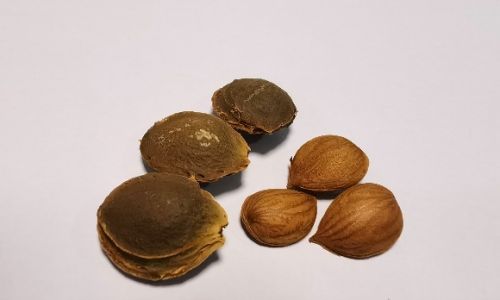
- Flavor Enhancement: Roasting caramelizes natural sugars, imparting a nutty, toasty aroma and reducing bitterness.
- Toxicity Reduction: Heat breaks down amygdalin, a cyanogenic glycoside present in raw kernels. When ingested, amygdalin metabolizes into hydrogen cyanide, a potent toxin. Roasting destabilizes this compound, making the kernels safer for consumption.
- Shelf-Life Extension: Dehydration during roasting inhibits microbial growth, prolonging the kernels’ usability.
Roasted kernels are often sold as snacks, ground into powders for culinary use, or packaged as ingredients for herbal teas.
2 Raw Peach Kernels
Raw kernels undergo minimal processing—typically just cracking the shell and removing the seed. While some proponents argue that raw kernels retain higher levels of heat-sensitive nutrients like enzymes and certain vitamins, this form poses significant risks:
- Amygdalin Content: Without heat treatment, amygdalin remains intact, increasing the likelihood of cyanide poisoning if consumed in excess.
- Bitter Taste: The absence of roasting leaves a pronounced bitterness, limiting culinary applications.
- Shorter Shelf Life: Raw kernels are more susceptible to rancidity due to their higher moisture and fat content.
Despite these drawbacks, raw kernels are sometimes used in TCM preparations, where precise dosages and controlled usage are emphasized to balance efficacy and safety.
Nutritional and Chemical Composition
The nutritional profiles of roasted and raw peach kernels diverge due to heat-induced chemical changes.
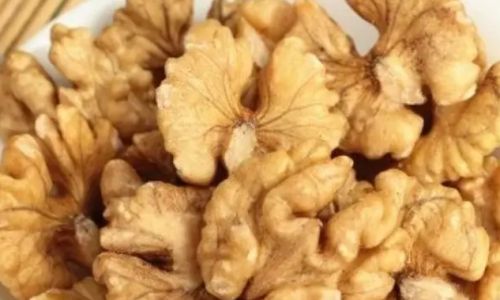
1 Macronutrients
Both forms are rich in healthy fats, protein, and dietary fiber. However, roasting may slightly reduce fat content through oxidation, while also concentrating certain minerals like magnesium and potassium due to moisture loss.
2 Vitamins and Enzymes
Raw kernels retain water-soluble vitamins (e.g., vitamin C) and heat-sensitive enzymes better than roasted counterparts. For example, amylase, an enzyme aiding in carbohydrate digestion, is more active in raw kernels. However, these benefits are often outweighed by the risks of amygdalin toxicity.
3 Phytochemicals
- Amygdalin: As noted, roasting degrades this compound, while raw kernels retain it.
- Antioxidants: Both forms contain polyphenols like chlorogenic acid, but roasting may enhance bioavailability by breaking down cell walls, though some antioxidants degrade at high temperatures.
Flavor and Culinary Applications
The taste and texture differences between roasted and raw peach kernels dictate their culinary roles.
1 Roasted Kernels
- Flavor Profile: Nutty, slightly sweet, with a crunchy texture.
- Uses:
- Snacks: Roasted kernels are eaten plain or seasoned with salt, spices, or sugar.
- Baking: Ground into flour for gluten-free recipes or added to cookies and bread.
- Beverages: Infused into teas or mixed into milk-based drinks.
- Confections: Used in marzipan-like pastes or as a garnish for desserts.
2 Raw Kernels
- Flavor Profile: Intensely bitter, astringent, and earthy.
- Uses:
- TCM Decoctions: Boiled in water to extract medicinal compounds.
- Essential Oils: Cold-pressed oils for topical applications (e.g., moisturizers).
- Research: Limited studies explore raw extracts for anti-inflammatory or anticancer properties, though human consumption is discouraged without professional guidance.
Health Benefits and Safety Concerns
While peach kernels are touted for their health potential, their risks cannot be ignored.
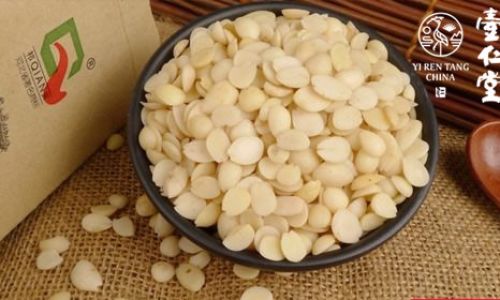
1 Potential Benefits
- Blood Circulation: TCM uses kernels to alleviate stagnation, aiding conditions like menstrual cramps.
- Cough Relief: Emollient properties may soothe dry coughs.
- Antioxidant Activity: Polyphenols combat oxidative stress, potentially reducing chronic disease risks.
2 Safety Warnings
- Cyanide Poisoning: Raw kernels pose a severe risk. Symptoms include dizziness, nausea, and, in extreme cases, respiratory failure.
- Dosage: Even roasted kernels should be consumed in moderation. TCM recommends 3–9 grams daily, while culinary uses rarely exceed this.
- Interactions: Kernels may interact with medications like blood thinners due to their vitamin K content.
Cultural and Regional Preferences
The preference for roasted or raw kernels varies by region and tradition.
- China: Roasted kernels are ubiquitous in snack markets, while raw kernels are strictly regulated in pharmacies.
- Korea: Maesil-cha (plum tea) sometimes includes roasted peach kernels for flavor.
- Western Adoption: Health food stores may sell roasted kernels as “superfoods,” though raw forms are rare due to liability concerns.
Storage and Shelf Life
Proper storage is critical to prevent spoilage.
- Roasted Kernels: Store in airtight containers in cool, dry places. Refrigeration extends shelf life to 6–12 months.
- Raw Kernels: Require refrigeration or freezing, with a shelf life of 3–6 months. Freezer burn can degrade quality.
How to Choose Between Roasted and Raw Kernels
Consumers must weigh benefits against risks.
- For Culinary Use: Opt for roasted kernels to avoid bitterness and toxicity.
- For Medicinal Use: Consult a TCM practitioner before using raw kernels, and adhere to prescribed dosages.
- For Topical Applications: Cold-pressed oils from raw kernels are generally safe, though patch tests are advisable.
DIY Roasting at Home
For those interested in roasting kernels:
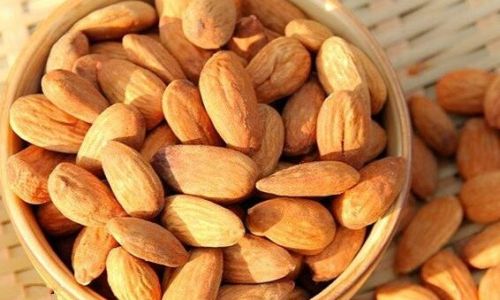
- Preheat an oven to 300°F (150°C).
- Spread shelled kernels on a baking tray.
- Roast for 15–20 minutes, stirring occasionally.
- Cool completely before storing.
Conclusion
The divergence between roasted and raw peach kernels is a study in contrasts—one offering accessibility and safety, the other preserving traditional efficacy at a cost. While roasted kernels have democratized peach seed consumption, raw kernels retain a niche in herbalism, albeit with stringent safeguards. As global interest in functional foods grows, understanding these distinctions empowers consumers to harness the benefits of peach kernels while respecting their boundaries. Whether enjoyed as a crunchy snack or a measured medicinal, the humble peach kernel underscores the delicate interplay between nature, culture, and science.
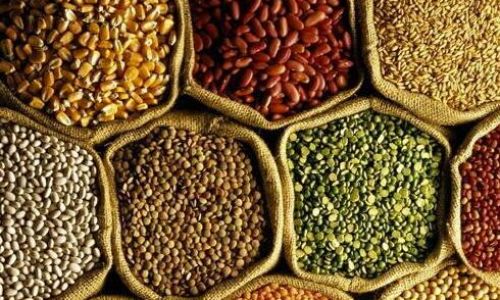
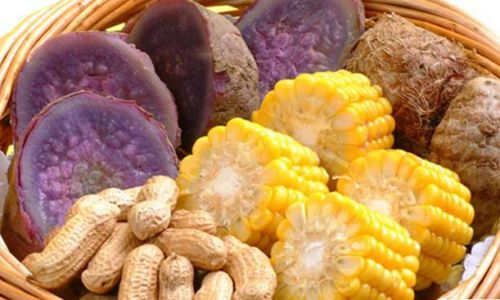
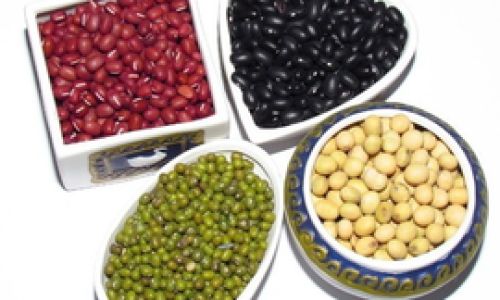
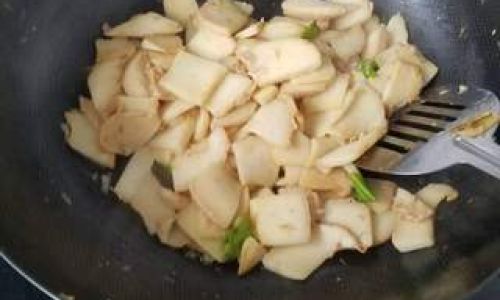

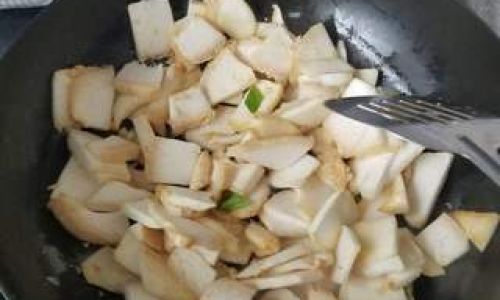
0 comments